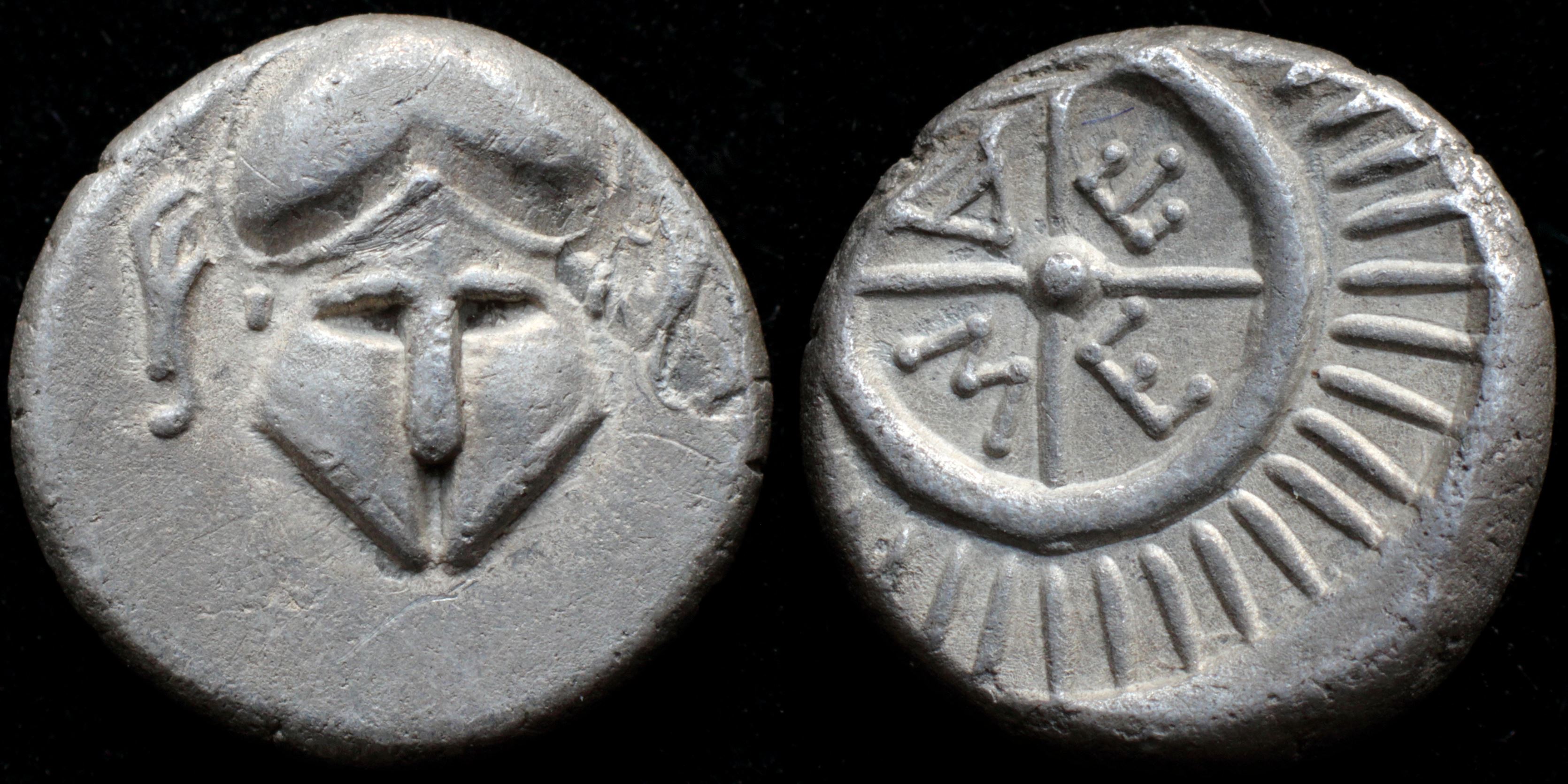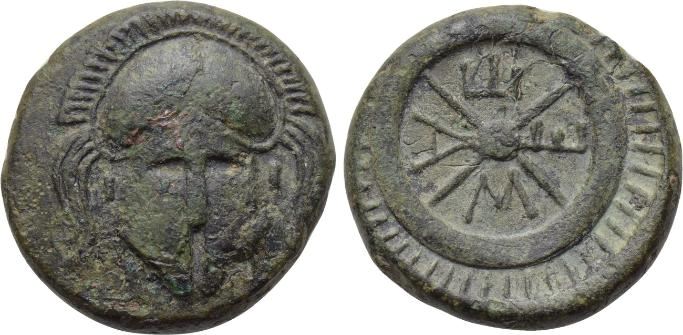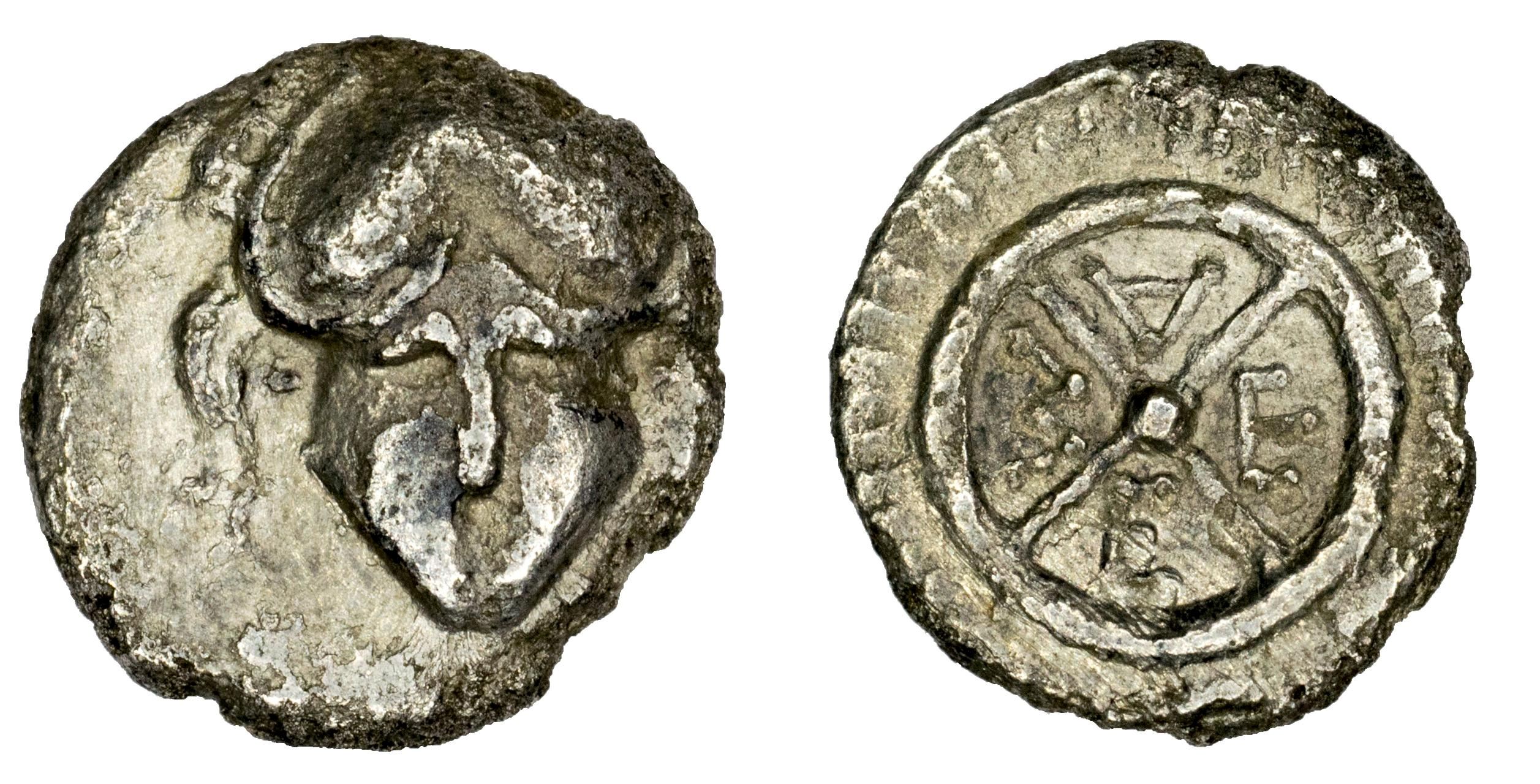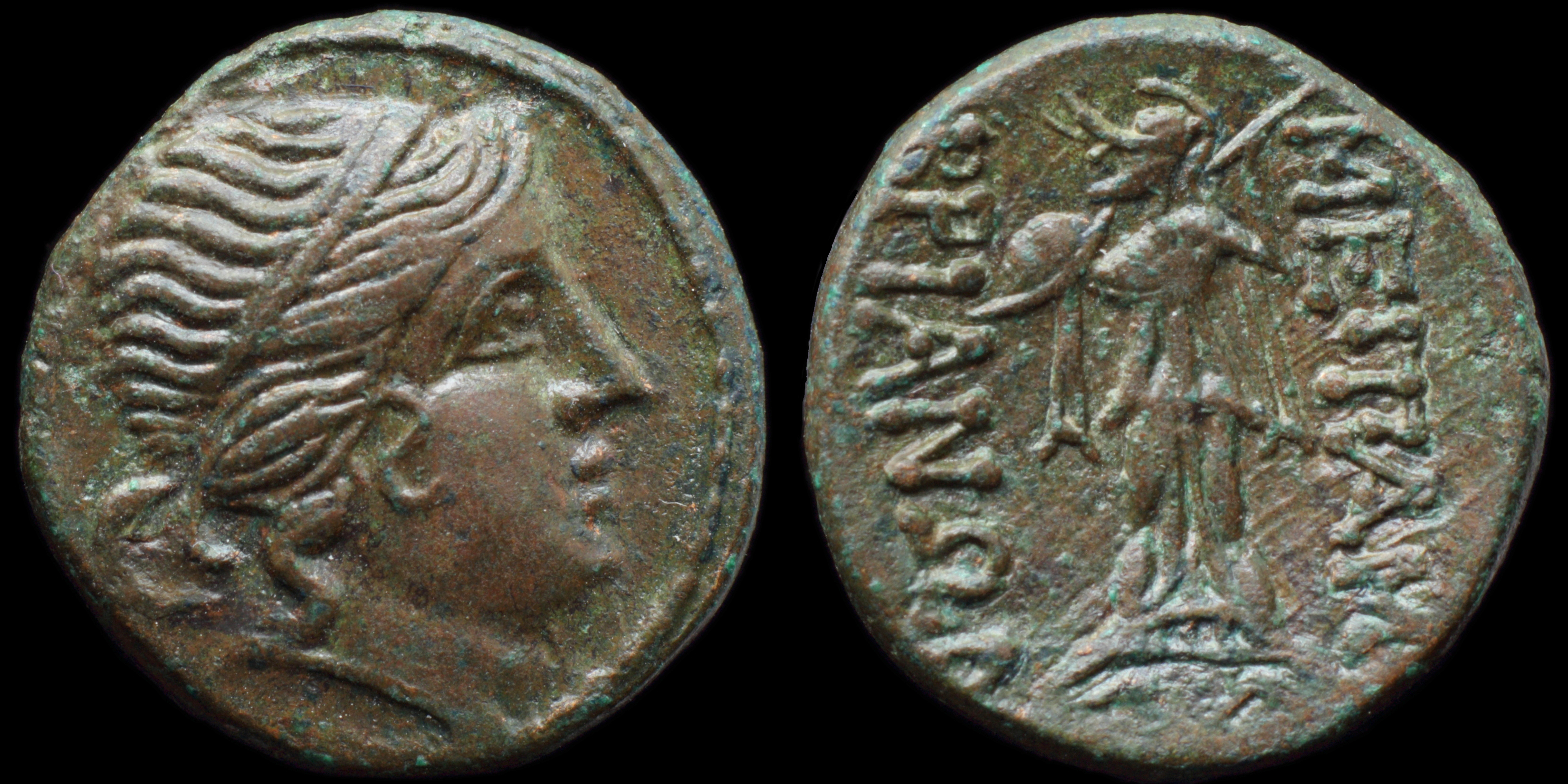Originally a Thracian settlement, known as Menebria, this town became a Greek colony when settled by Dorians from Megara at the beginning of the 6th century BC, and was an important trading centre from then on and a rival of Apollonia (Sozopol).
Remains from the Hellenistic period include the acropolis, a temple of Apollo, and an agora. A wall which formed part of the fortifications can still be seen on the north side of the peninsula.
Bronze and silver coins were minted in the city from the 5th century BC and gold coins from the 3rd century BC. The town fell under Roman rule in 71 BC, yet continued to enjoy privileges such as the right to mint its own coinage.
Remains from the Hellenistic period include the acropolis, a temple of Apollo, and an agora. A wall which formed part of the fortifications can still be seen on the north side of the peninsula.
Bronze and silver coins were minted in the city from the 5th century BC and gold coins from the 3rd century BC. The town fell under Roman rule in 71 BC, yet continued to enjoy privileges such as the right to mint its own coinage.
Modern location: Nesebar, Bulgaria
(1)
Mesembria

Obverse: crested Corinthian helmet facing
Reverse: wheel; M E Ϡ A
Diameter:
10 mm
Die Orientation: -
Weight: 1.25 g
Die Orientation: -
Weight: 1.25 g
No notes for this coin
BMC 3; Sear #1673; SNGBMC 268ff, Moushmov 3974
(2)
Mesembria

Obverse: Crested helmet facing
Reverse: META in quartiles of radiate wheel
Diameter:
-
Die Orientation: -
Weight: -
Die Orientation: -
Weight: -
No notes for this coin
No references provided for this coin
(3)
Mesembria

Obverse: Crested helmet facing
Reverse: META in quartiles of radiate wheel.
Diameter:
-
Die Orientation: -
Weight: 0.95 g
Die Orientation: -
Weight: 0.95 g
Horn silver in areas
SG# 1673

